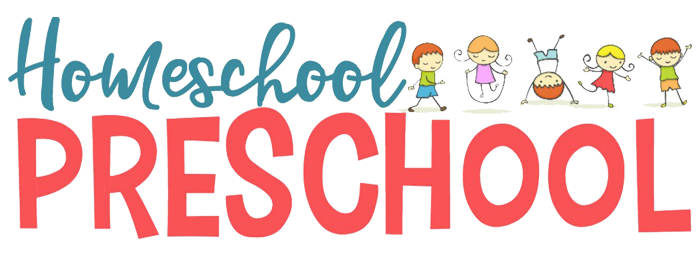Dinosaur Activities for Preschoolers
Are you looking for fun and educational dinosaur activities for preschoolers? Look no further!
Today, we’re venturing into the prehistoric era with life cycle activities centered on dinosaurs.
Imagine the awe-inspiring moment when your little one discovers how a cute little dinosaur egg evolves into a massive, awe-inspiring T-Rex or a gentle, leaf-eating Brachiosaurus!
Let’s dive into it.
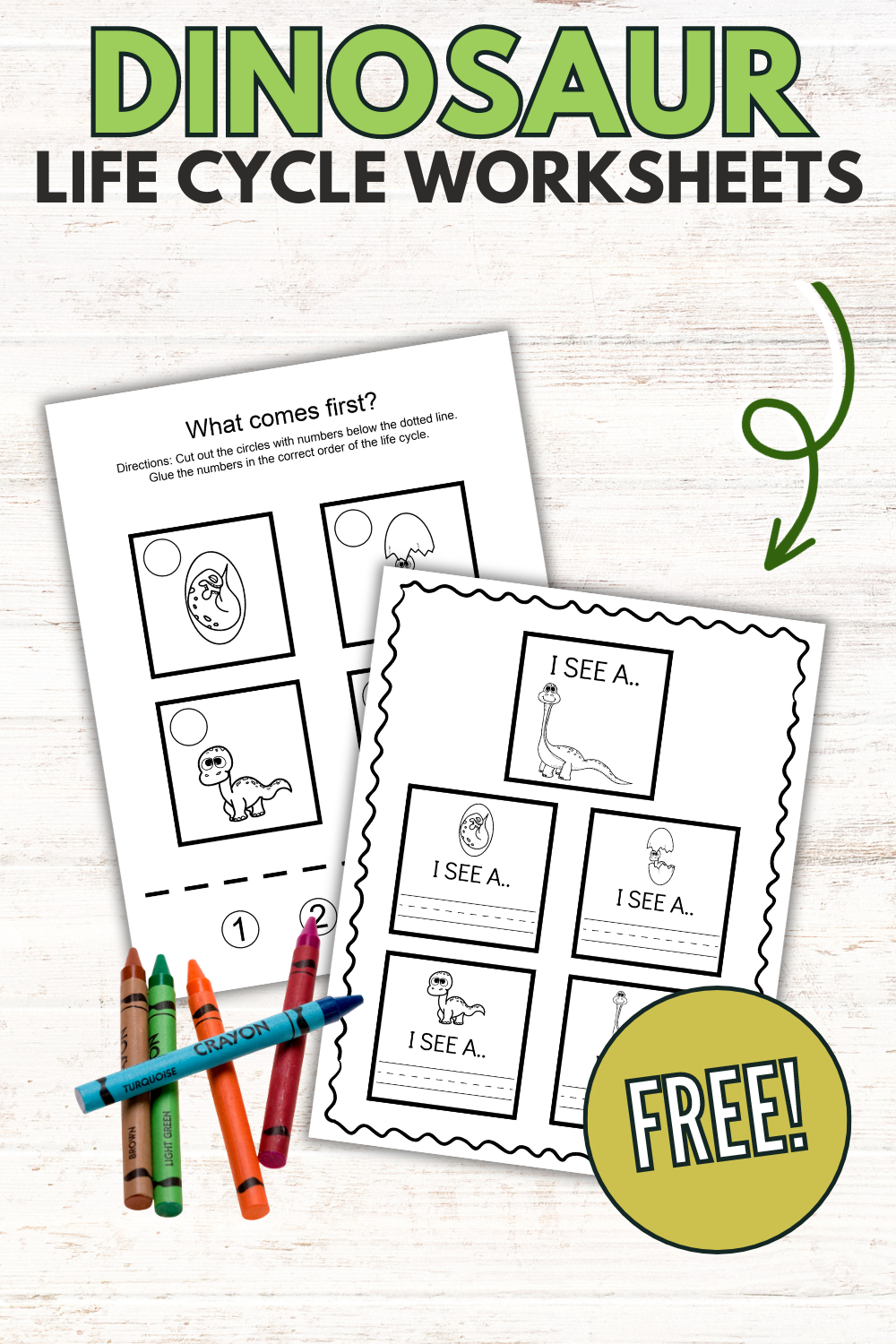
Understanding Dinosaurs
Dinosaurs are huge creatures that lived a very, very long time ago – way before humans were around. They come in all sorts of shapes and sizes.
Some dinosaurs, like the T-Rex, were meat-eaters, which we call carnivores. They had sharp teeth to help them catch and eat other animals.
Other dinosaurs, like the Brachiosaurus, were plant-eaters, which we call herbivores. They had flat teeth to help them munch on leaves.
Can you imagine what it would be like to see a dinosaur? They were as tall as buildings and as long as buses!
But don’t worry, dinosaurs aren’t around anymore. The only place we can find them now is in our books and our imaginations.

Dinosaur Facts for Kids
Did you know that the word “dinosaur” comes from Greek and means “terrible lizard”?
But don’t let the name fool you, dinosaurs weren’t lizards. They were a group of reptiles that evolved into many different species.
The largest dinosaur known to have lived was called Argentinosaurus, which could reach up to 100 feet in length and weigh up to 100 tons!
Did you know that birds are considered dinosaurs? Scientists believe that birds evolved from small, feathered dinosaurs like the Archaeopteryx.
Pretty cool, right?

Teaching the Life Cycle of a Dinosaur
As mentioned before, one of the best ways to teach preschoolers about dinosaurs is through life cycle activities.
These activities not only capture their interest and imagination but also help them understand the concept of change and growth.
To start, it’s important to explain that just like humans, dinosaurs also have a life cycle that includes birth, growth, and eventually extinction.
You can use pictures of different dinosaur species to show the diversity of shapes and sizes in their life cycle.
Egg Stage
First comes the egg stage. Just like birds today, most dinosaurs laid eggs to reproduce. These eggs were kept safe in nests or buried underground.
For this activity, you can use plastic eggs or make your own using paper mache. Have the children decorate the eggs with different patterns and colors to represent different species of dinosaurs.
Hatching Stage
After the egg stage comes hatching! This is where a cute little dinosaur breaks out of its shell and enters the world for the first time.
For this activity, you can make a simple dinosaur nest using paper or cardboard and have the children act out hatching from their eggs like baby dinosaurs.
Growth Stage
Next comes the growth stage. This is where dinosaurs start to grow bigger and stronger. Some may even develop different features like horns or spikes for protection.
You can have the children draw or paint their own dinosaurs, adding these features as they see fit. This can also be a great opportunity to talk about the different adaptations dinosaurs had for survival.
Extinction Stage
Unfortunately, all good things must come to an end. The extinction stage is when dinosaurs disappear from the Earth due to a catastrophic event, most likely a massive asteroid impact.
For this activity, you can have the children create a “disappearing dinosaur” craft using paper and markers. They can draw their own dinosaur and then cut it out, leaving behind only its bones to represent extinction.

Teaching Sequencing
One excellent way to help preschoolers understand the life cycle of a dinosaur is through sequencing activities. These activities assist children in recognizing patterns and understanding the order of events, which are vital skills in both math and reading comprehension.
Our worksheets make sequencing fun and engaging by allowing kids to order the stages of a dinosaur’s life cycle. Each worksheet features images of the egg, hatching, growth, and adult stages that the children can cut out and arrange in order. As they sequence these stages, they’ll gain a deeper understanding of the concept of life cycles.
But the learning doesn’t stop there! After completing the dinosaur life cycle activity, children can move on to other sequencing activities such as arranging the steps of a seed growing into a plant or ordering the stages of a butterfly’s metamorphosis.
These activities not only keep the learning process diverse and interesting, but they also reinforce the concept of sequencing and life cycles, lending a broader understanding of the world around us. Each of these packs comes equipped with colorful, easy-to-understand images that will keep your preschooler engaged and excited to learn.
- Apple Picking Story Sequence Pictures
- Autumn Number Sequence Worksheets
- Smores Sequencing Activity
- The Snail and the Whale Sequencing Activity
- Growing Vegetable Soup Story Sequencing Cards
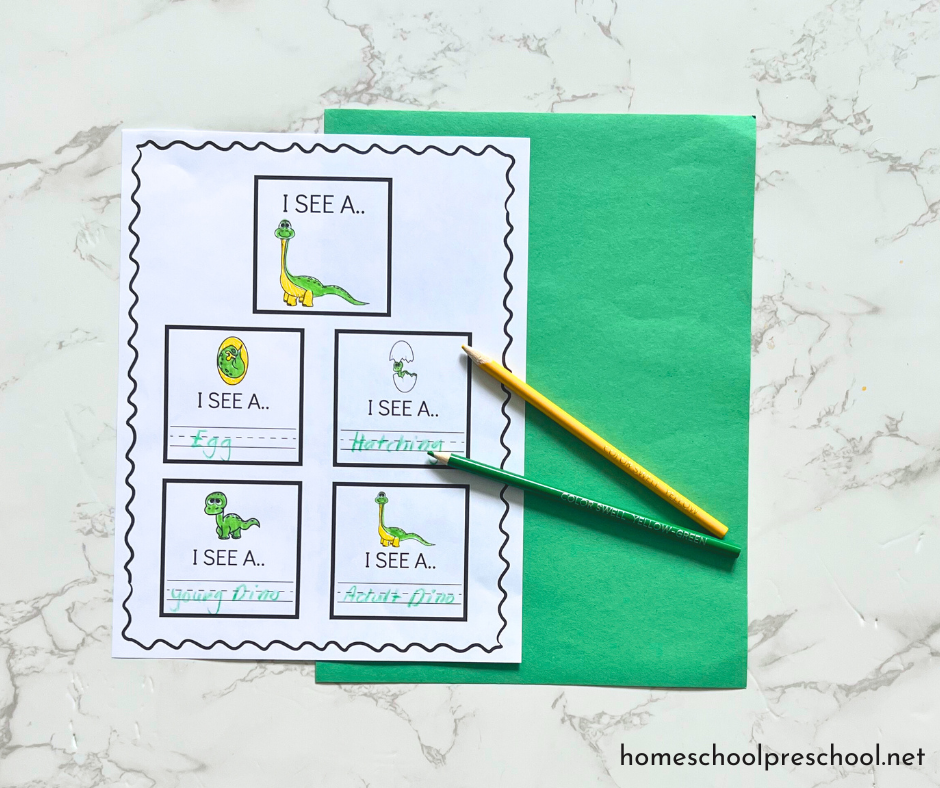
Cut and Paste Worksheets
Our Cut and Paste Worksheets make learning an interactive hands-on experience for your preschoolers. These worksheets feature vibrant illustrations of the dinosaur life cycle stages that children can cut out and paste in the correct order on a separate sheet, effectively visualizing the sequence from egg to extinction.
Engaging in this activity, children develop their fine motor skills while reinforcing their understanding of sequences and life cycles. Each worksheet is designed with simplicity and clarity in mind, ensuring that your little ones can easily identify each stage and enjoy the learning process.
But the fun doesn’t stop at dinosaurs! Our Cut and Paste Worksheets collection caters to a wide range of topics to keep your preschooler’s curiosity piqued. From sequencing the growth of a plant to ordering the stages of a butterfly’s life cycle, to arranging daily events in chronological order, these worksheets offer a plethora of learning opportunities.
Designed with early learners in mind, each worksheet includes easy-to-understand, colorful images that foster engagement and facilitate comprehension. So let’s dive in and make learning a fun and enriching journey for your preschoolers.
- Cut and Paste Alphabet Worksheets
- Valentine’s Day Cut and Paste Worksheets
- Witch Cut and Paste Craft for Kids from Simple Everyday Mom
- Cut and Paste Shamrock Template from Oh My! Creative
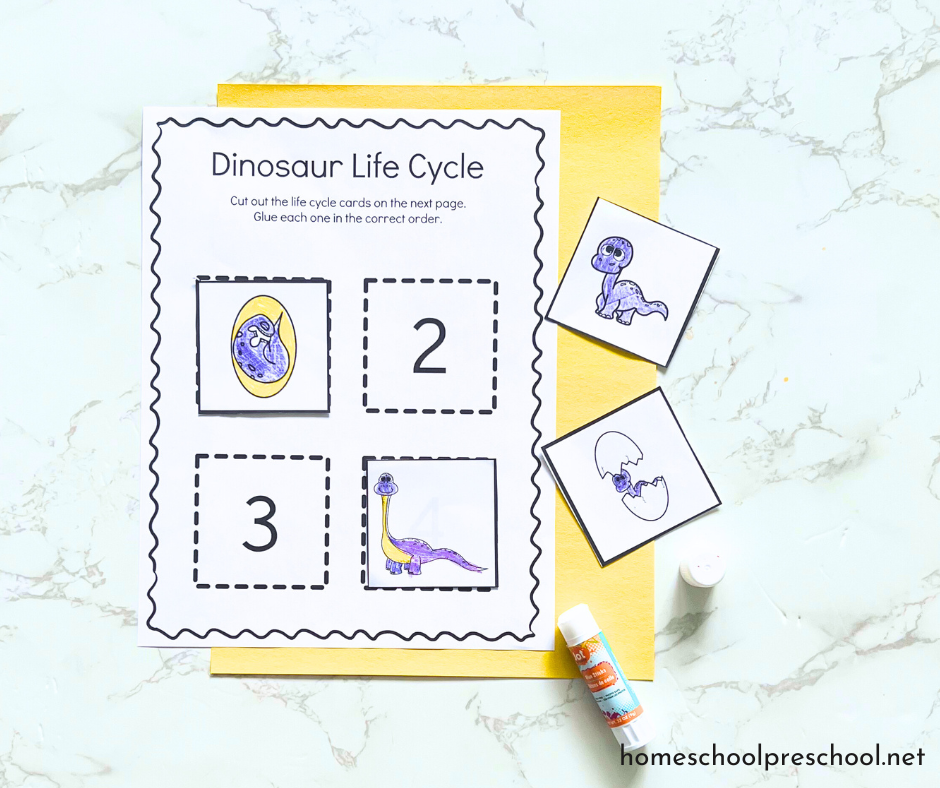
More Fun Dinosaur Activities for Kids
Additional dinosaur-related activities to entertain and educate, such as dinosaur crafts, dinosaur games, and dinosaur songs. These activities not only provide a fun way to learn about dinosaurs, but they also encourage creativity and imagination in young children.
Dinosaur Crafts
Crafting is an excellent way for kids to express their creativity and explore different materials. Some great dinosaur-themed craft ideas include:
- Creating paper dinosaur egg crafts
- Making dinosaur tracks using paint and cutouts
- Designing and constructing a cardboard dinosaur
- Making fossils using clay or cookie dough
Dinosaur Games
Games are another fantastic way to engage children in learning about dinosaurs. Some fun dinosaur games include:
- An indoor scavenger hunt for dinosaur toys or pictures
- Playing a game of “Dinosaur Charades” where kids act out different types of dinosaurs
- Setting up an obstacle course and pretending to be dinosaurs navigating through it
- Playing “Dino, Dino, T-Rex” (similar to Duck, Duck, Goose)
Dinosaur Songs
Music is a great tool for memorization and learning. Here are some fun dinosaur songs to incorporate into your lessons:
- “We Are the Dinosaurs” by The Laurie Berkner Band
- “The Dinosaur Song” by Blippi
With these fun and educational activities, your preschoolers will become dinosaur experts in no time!
It’s never too early to spark an interest in science and history, and these activities will do just that while keeping your little ones entertained. So let’s embark on a journey back in time and discover the world of dinosaurs together!
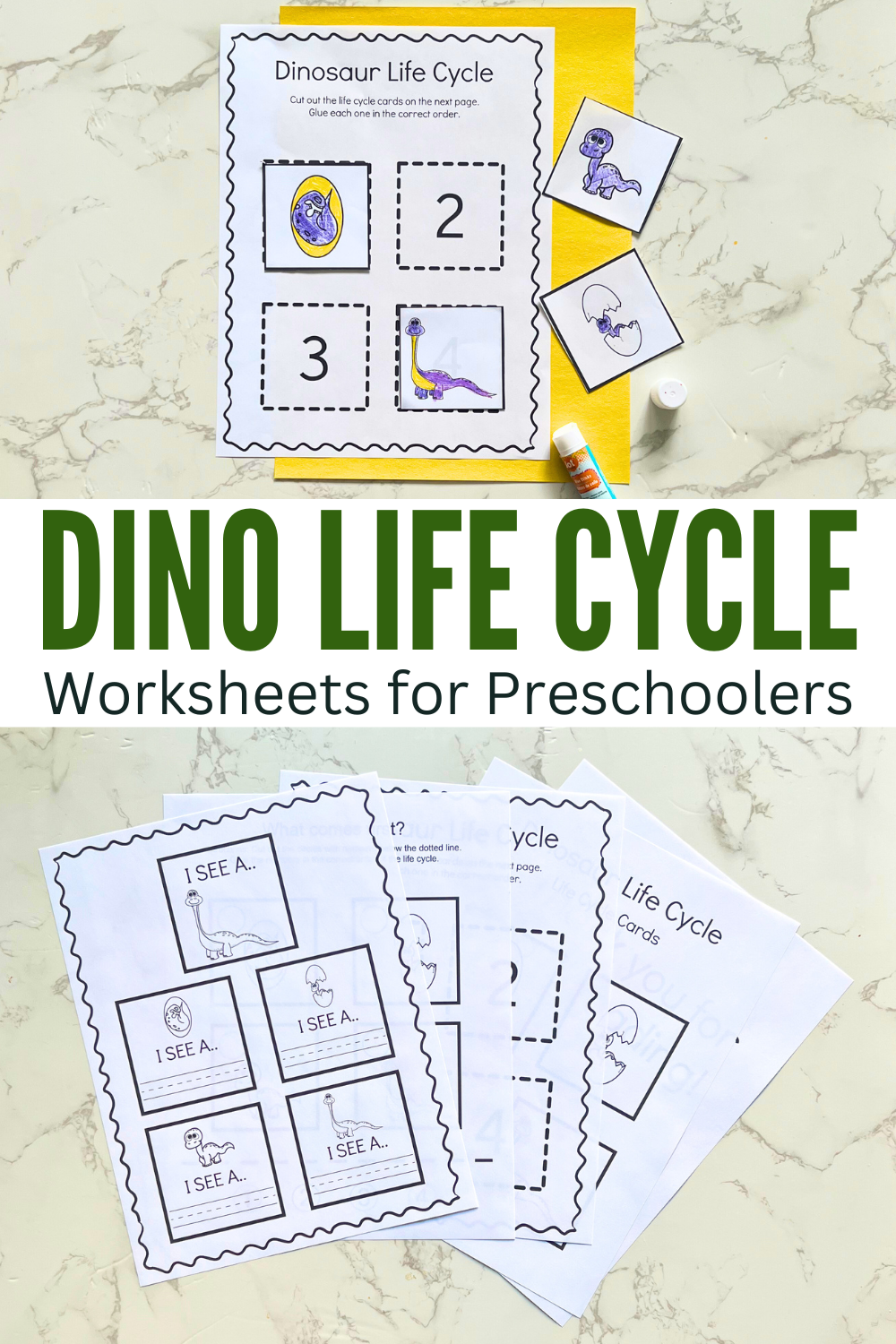
In conclusion, teaching preschoolers about dinosaurs can be both fun and educational. By breaking down the dinosaur life cycle into four stages (egg, hatching, growth, and extinction), using hands-on activities such as sequencing worksheets and cut-and-paste crafts, and incorporating games and songs, children can gain a deeper understanding of these ancient creatures.
Not only will they learn about dinosaurs specifically, but they will also develop important skills such as fine motor skills, sequencing abilities, and creativity. So let’s dive into the world of dinosaurs and make learning an exciting adventure for our little ones!
